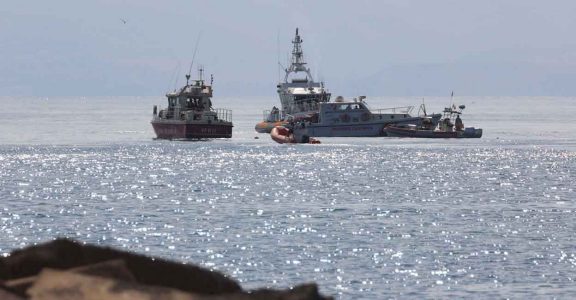Divers have located a sixth body following the sinking of the luxury yacht Bayesian off the coast of Sicily, with reports indicating the deceased is likely to be 18-year-old Hannah Lynch. The discovery comes as Italian authorities continue their search and recovery efforts after the yacht sank earlier this week.
Hannah Lynch is the last of the missing individuals from the tragic incident. The bodies of her father, tech entrepreneur Mike Lynch, and five others have already been recovered and brought to shore. The Bayesian foundered during an unexpected storm near the Italian fishing village of Porticello, east of Palermo.
Of the 22 passengers and crew members aboard, 15 survived the incident, including a one-year-old child and Hannah’s mother, Angela Bacares. Among those who perished were Morgan Stanley International bank chairman Jonathan Bloomer, his wife Judy Bloomer, Clifford Chance lawyer Chris Morvillo, his wife Neda Morvillo, and the yacht’s chef, Recaldo Thomas.
The wreck of the Bayesian now lies on the seabed at a depth of 50 meters (164 feet). Rescue operations, which began on Monday, have been described as “complex” by officials. Divers are limited to 12-minute shifts underwater due to the challenging conditions.
Italian Coastguard spokespersons have indicated that raising the sunken yacht from the seabed is not currently under consideration but may be addressed in the future. Divers have reported that the ship remains “practically intact” on the ocean floor.
The ongoing search and recovery operation continues as authorities work to bring closure to the families affected by this devastating maritime disaster.


